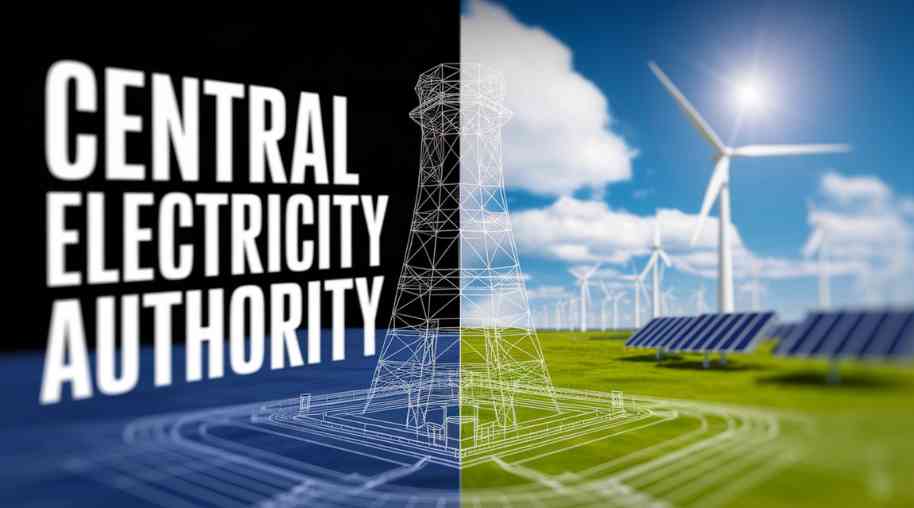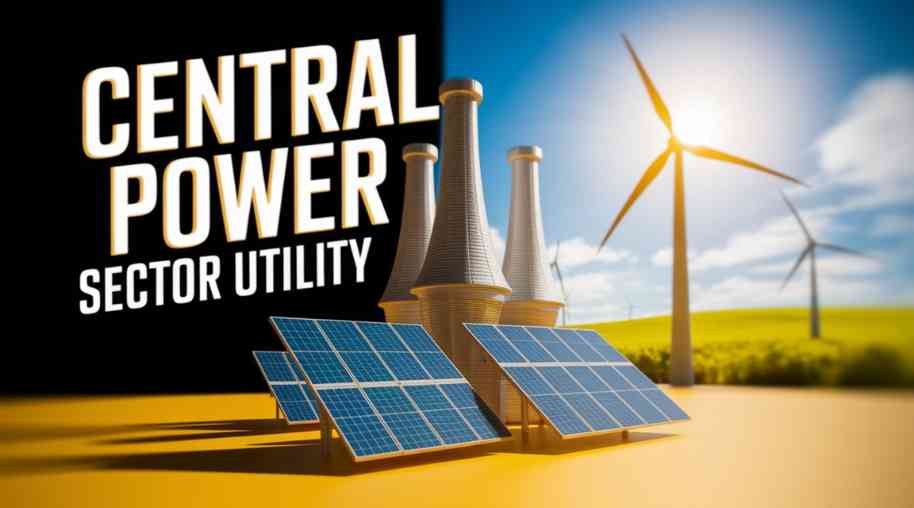CEA Full Form - Central Electricity Authority
by Shashi Gaherwar
0 2017
Central Electricity Authority: Empowering India’s Power Sector for Growth and Sustainability
India’s power sector is one of the largest and fastest-growing in the world, providing energy to millions and powering its economy. At the heart of this dynamic sector lies the Central Electricity Authority (CEA), an apex body that plays a critical role in planning, regulating, and overseeing the nation’s electricity infrastructure. Established under the Electricity (Supply) Act of 1948, the CEA has been instrumental in shaping India’s power landscape, ensuring reliability, sustainability, and efficient functioning of the country’s electricity grid.

This article explores the key functions and contributions of the Central Electricity Authority in India’s power sector. We will examine its role in regulating electricity generation, transmission, and distribution, managing energy efficiency, and its contributions to sustainable energy practices pivotal for India’s future.
What is the Central Electricity Authority?
The Central Electricity Authority (CEA) is a statutory body under the Ministry of Power, Government of India. Its primary responsibility is to oversee the planning, development, and regulation of the power sector in India. The CEA ensures that the country’s electricity infrastructure meets the growing demand for power while focusing on improving efficiency, ensuring sustainability, and contributing to India’s energy security.
The CEA prepares the national electricity plan, advises the government on policy matters, coordinates with stakeholders, and ensures the electricity grid operates reliably and efficiently. It works closely with state electricity boards, public and private power companies, and other regulatory authorities.
Key Functions of the Central Electricity Authority
The Central Electricity Authority is involved in a wide range of activities critical to India’s power sector, including:
- Planning and Development: The CEA prepares the National Electricity Plan (NEP), outlining power generation and transmission needs, ensuring adequate capacity aligns with demand growth.
- Regulation and Oversight: The CEA monitors power plant performance, sets technical standards, conducts audits, and ensures safe and efficient operations.
- Transmission and Distribution Management: The CEA oversees the transmission network, coordinating with entities like the Power Grid Corporation to ensure reliable and equitable electricity distribution.
- Ensuring Energy Security: The CEA manages conventional and renewable energy resources, diversifying the energy mix to reduce fossil fuel dependency.
- Energy Efficiency and Conservation: The CEA promotes energy-efficient technologies and practices, including the Energy Conservation Building Code (ECBC), to optimize energy use.
- Renewable Energy Integration: The CEA supports policies for solar, wind, and hydroelectric projects, ensuring infrastructure accommodates clean energy sources.
Key Achievements and Contributions of CEA
The Central Electricity Authority has made significant contributions to India’s power sector:
- Strengthening the National Grid: The CEA facilitated the integration of India’s regional grids into a unified national grid in 2014, enabling efficient power transfer across regions.
- Power Supply to Rural Areas: Through initiatives like the Saubhagya Scheme, the CEA has helped expand electricity access to rural households.
- Renewable Energy Expansion: The CEA has supported policies for large-scale solar and wind farms, advancing India’s renewable energy goals.
Challenges and the Road Ahead
Despite its achievements, the Central Electricity Authority faces challenges, including meeting growing electricity demand, improving distribution efficiency, and integrating large-scale renewable energy into the grid.
Looking ahead, the CEA will continue to develop India’s energy infrastructure, drive the shift toward clean energy, and ensure electricity access for all. As India pursues its sustainability and climate change goals, the CEA’s role will remain pivotal in shaping the country’s energy future.
The Central Electricity Authority is a cornerstone of India’s power sector, driving the planning, regulation, and management of the country’s electricity infrastructure. Its contributions to power generation, transmission, renewable energy integration, and energy efficiency are critical to the growth and sustainability of India’s power grid. As India advances toward energy security and environmental sustainability, the CEA will remain a key driver, ensuring electricity is accessible, reliable, and sustainable for all.
Further Learning Resources
If you’re passionate about building a successful blogging website, check out this helpful guide at Coding Tag – How to Start a Successful Blog. It offers practical steps and expert tips to kickstart your blogging journey!
For dedicated UPSC exam preparation, we highly recommend visiting www.iasmania.com. It offers well-structured resources, current affairs, and subject-wise notes tailored specifically for aspirants. Start your journey today!

Share:








Comments
Waiting for your comments